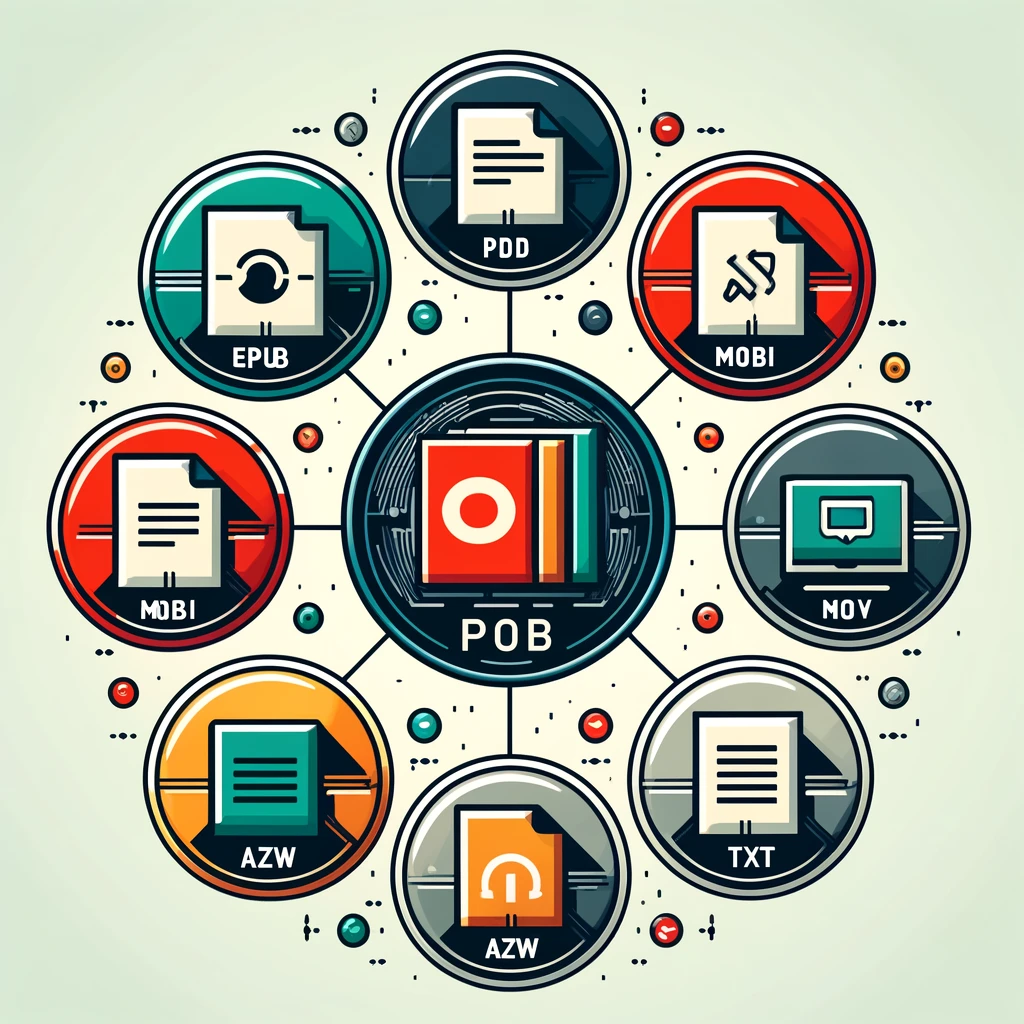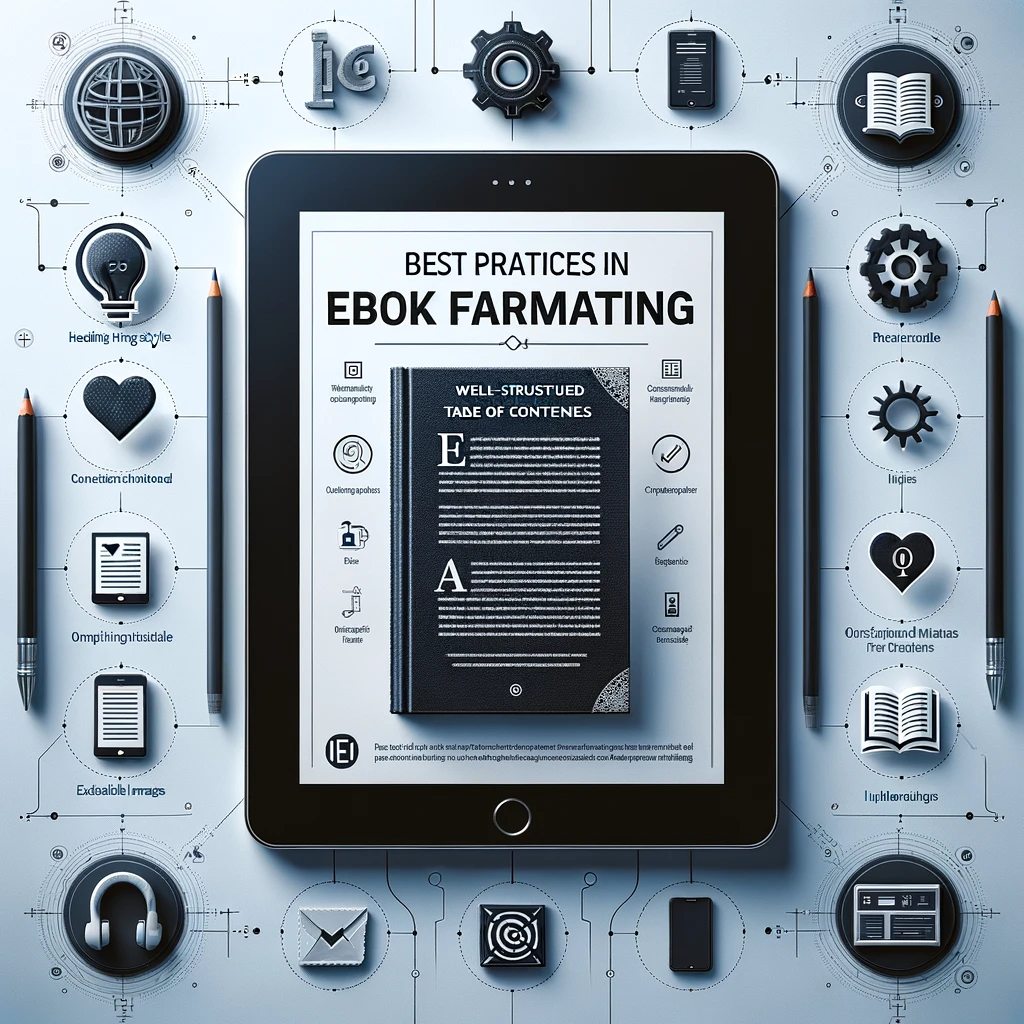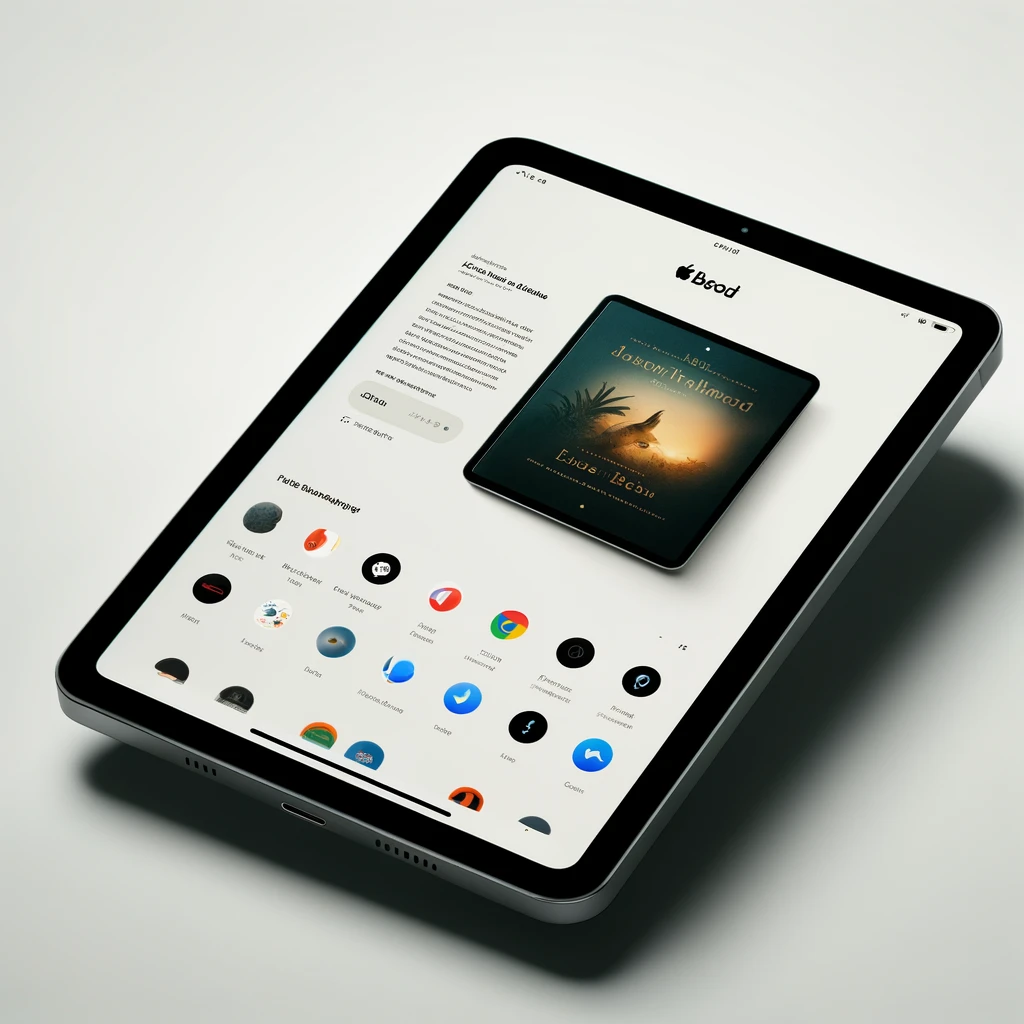
In the rapidly evolving world of digital publishing, proper eBook formatting isn’t just a technical requirement—it’s a vital component of the reading experience. Effective formatting ensures that eBooks are accessible and enjoyable on any device, enhancing reader satisfaction and broadening distribution opportunities.
As digital platforms like Kindle, Apple Books, and others dominate the market, understanding their specific formatting requirements becomes crucial. Well-formatted eBooks also reflect professionalism and attention to detail, qualities readers appreciate and expect.
Moreover, proper formatting aids in the navigation and readability of digital content, which can significantly impact reader engagement and book reviews. Publishers and authors must, therefore, prioritize mastering the intricacies of eBook formatting to succeed in a competitive digital landscape. This guide aims to navigate the best practices for formatting eBooks, specifically for major platforms, ensuring that your digital content delivers a superior reader experience.

At the heart of eBook publishing are two primary formats: EPUB and MOBI. EPUB is widely adopted due to its flexibility and support for rich layout and interactive content. It’s the format for almost all platforms, including Apple Books, Google Play Books, and Nook. On the other hand, Amazon has predominantly used MOBI for its Kindle devices. Although Amazon now supports EPUB, understanding MOBI remains relevant for older devices and certain publishing features on Amazon’s platform.

Formatting an eBook requires attention to detail to ensure it is readable, navigable, and visually appealing across different devices. Here are some essential principles:

For Kindle, mainly when dealing with MOBI files, it’s essential to:

When formatting for Apple Books using EPUB:
For platforms like Nook and Kobo, it’s crucial to:
One cannot overemphasize the importance of testing eBooks on various devices. Use device emulators and direct testing to observe how eBooks perform in real-world scenarios, checking for formatting inconsistencies and functional issues with interactive elements. This step ensures that all readers receive the best possible experience, regardless of their device choice.
Mastering eBook formatting is essential for digital publishers aiming to deliver a professional and engaging reading experience. By adhering to the detailed best practices for platforms such as Kindle, Apple Books, and others, publishers can significantly enhance the accessibility and appeal of their eBooks. Effective formatting ensures that eBooks are compatible across various devices and maintain a high standard of readability and visual aesthetics.
Understanding each platform’s requirements is crucial to maximizing the eBook’s reach and reader satisfaction. Testing across different devices is pivotal in this process, highlighting inconsistencies and allowing for adjustments before publication. Ultimately, meticulous eBook formatting aims to provide every reader with a seamless and enjoyable reading experience, regardless of their device or platform choice. Thus, investing time and effort in learning and applying these formatting guidelines is invaluable for success in the competitive world of eBook publishing.
